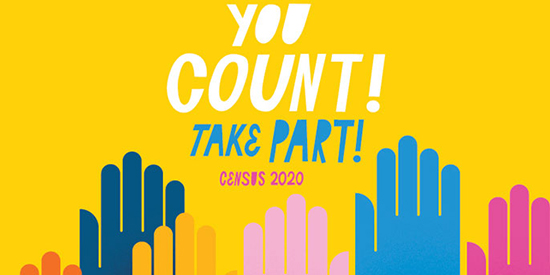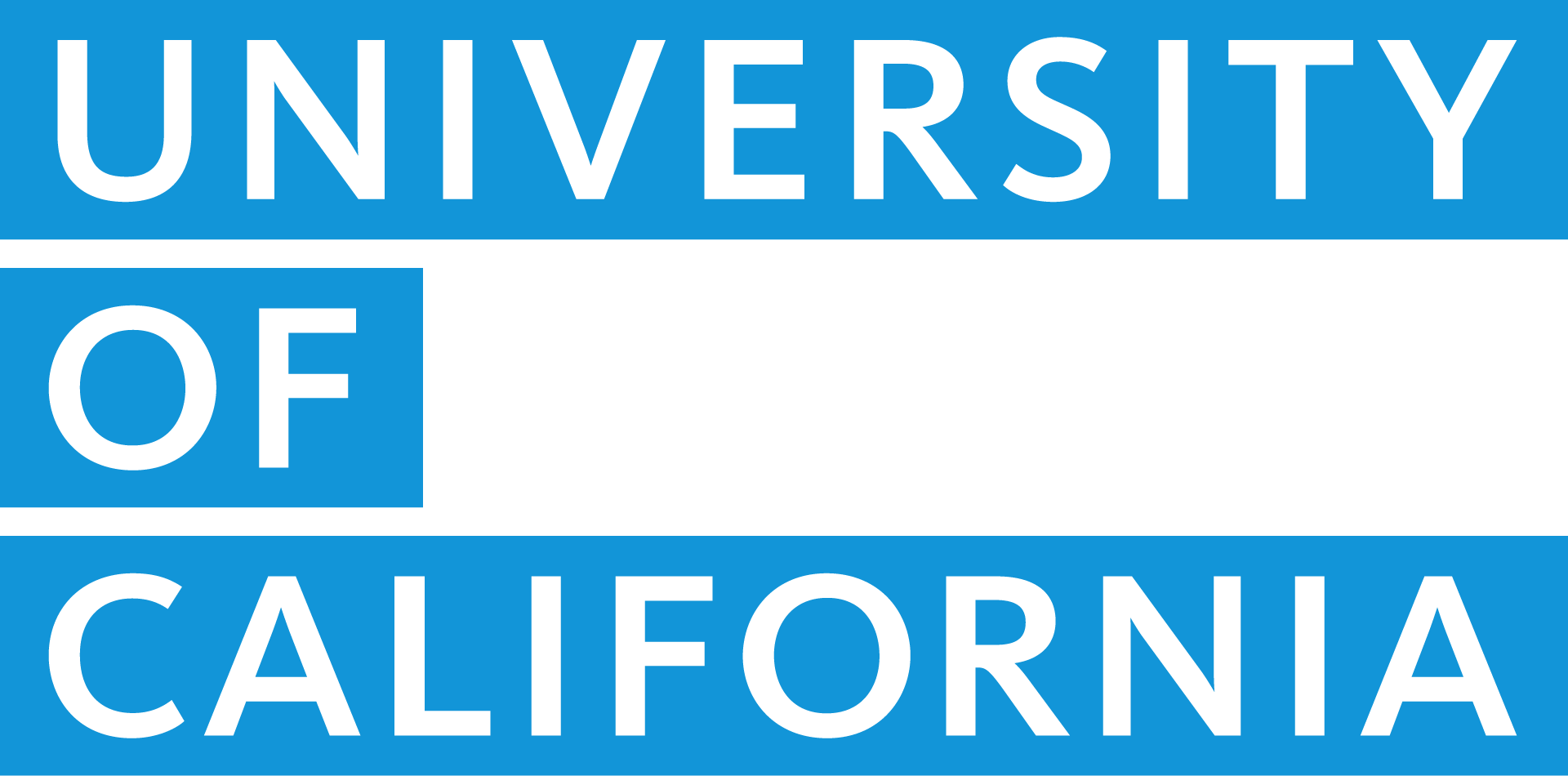2020 Census: Help your community get its fair share
Share This Article

As with so much else, the pandemic has upended the U.S. census, the once-a-decade national headcount that informs everything from how political districts are drawn to funding for schools and public services. As of mid-August, less than 65% of California households had completed the census. The low self-response rate is especially concerning as the pandemic has limited the ability of census workers to follow up by going door-to-door to count those who haven’t responded.
If the count remains low, California officials warn that the state will lose seats in Congress and billions of dollars in federal aid.
“Our future is at stake during this 2020 census,” said Marlenee Blas Pedral, a former UC Riverside staff member, now pursuing a law degree at UC Berkeley, who has researched the local impact of the U.S. census. “Now more than ever we see funding for health and education — sectors severely impacted by the global health crisis — as two areas that heavily rely on adequate staffing and a fair share of financial support.”
California is actually doing a bit better than some other states, but responses are especially low in rural areas and among immigrants, low-income residents and underrepresented minorities, according to the Public Policy Institute of California. An incomplete count could jeopardize the services that people in these communities rely on. College towns have also been affected, as students who are usually counted by their schools have returned to communities all over the state. (See how your community’s response rate stacks up here.)
The good news: It’s not too late to get counted. You can help by encouraging family and friends to fill out the census. Here’s what you need to know:
- You can complete the census online, over the phone, or by mail. But the window is closing fast. The census count is set to be completed by September 30.
- Encourage your family and community to fill out the census. That’s the best way to ensure that they get their fair share of state resources.
- The census is only nine simple questions about yourself and the people you live with — but the answers could shape your community for the next 10 years. (Learn more about the questions and why they are asked.)
- Every person counts, no matter their documentation status, nationality or location. Forms are available in English and Spanish, with support for more than 50 languages.
- The information is confidential — and cannot be shared or used against you.
- There is no census question on immigration status. In fact, it’s in the interest of immigrants to fill out the census because it will help fund more services.
- If your family includes college students who aren’t living at home, make sure they fill out a census form. To accurately reflect the population of college towns when universities and in-person classes are in session, the Census Bureau has asked students to report the address where they would typically reside while at school. (For many students, that means where they were living before they went home during the pandemic.)
- College students also benefit from filling it out because the data is used to establish funding for Pell Grants and other financial support.
With the limited ability of census workers to follow up in 2020, a high self-response rate is more important than ever.
“We need to ensure everyone gets counted to ensure not only resources, but better-informed policies that directly impact California,” Pedral says. “To everyone, especially immigrant communities such as the one that I come from, I would say this is the moment to participate to ensure that our families, our children have access and partake in the American Dream.”
Learn more about the 2020 census and complete it online here.
